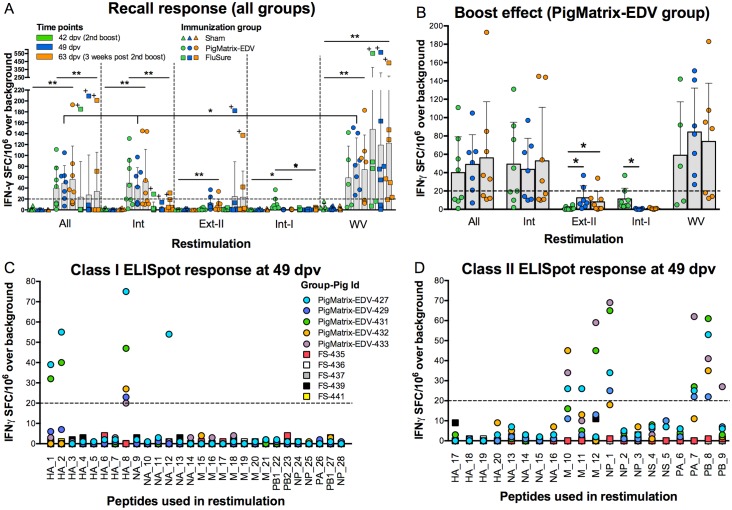Fig 4. Peptide immunogenicity measured by IFNγ ELISpot.
(A) PBMC (2.5 x 105) isolated at three different time points (42, 49, and 63 dpv) from pigs immunized with empty plasmid (Sham), epitope-driven DNA vaccine (PigMatrix-EDV) and commercial vaccine (FluSure) were restimulated with pooled peptides (All, Int, Ext-II, and Int-I) at 10 μg/mL and whole virus (WV). The number of epitope-specific IFNγ spot forming cells (SFC) induced by the pools were measured using ELISpot assays. “High responder pig” (FS-442) is marked with +. (B) To evaluate vaccine boost effect, IFNγ responses to pooled peptides were measured at three different time points. For A and B, SFC over background, adjusted to spots per 106 of PBMC seeded, are represented with bars indicating means and error bars indicating standard deviation (SD). Pooled peptide responses showing statistical significance when compared to Sham are indicated: **p<0.01, *p<0.05. Significant statistical difference for PigMatrix-EDV between restimulations at 49 dpv is also shown. Same colors and shapes are used in both figures. (C) PBMC from pigs vaccinated with PigMatrix-EDV and FluSure were restimulated with individual class I peptides and (D) class II peptides one week after the second boost (49 dpv). For C and D, SFC over background per 106 PBMC are shown. A response was considered positive if the number of spots was greater than or equal to 20 SFC over background per 106 PBMCs (dashed line).

